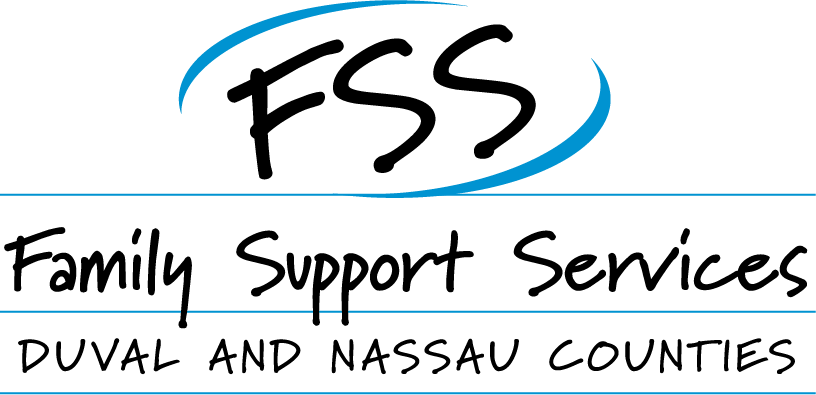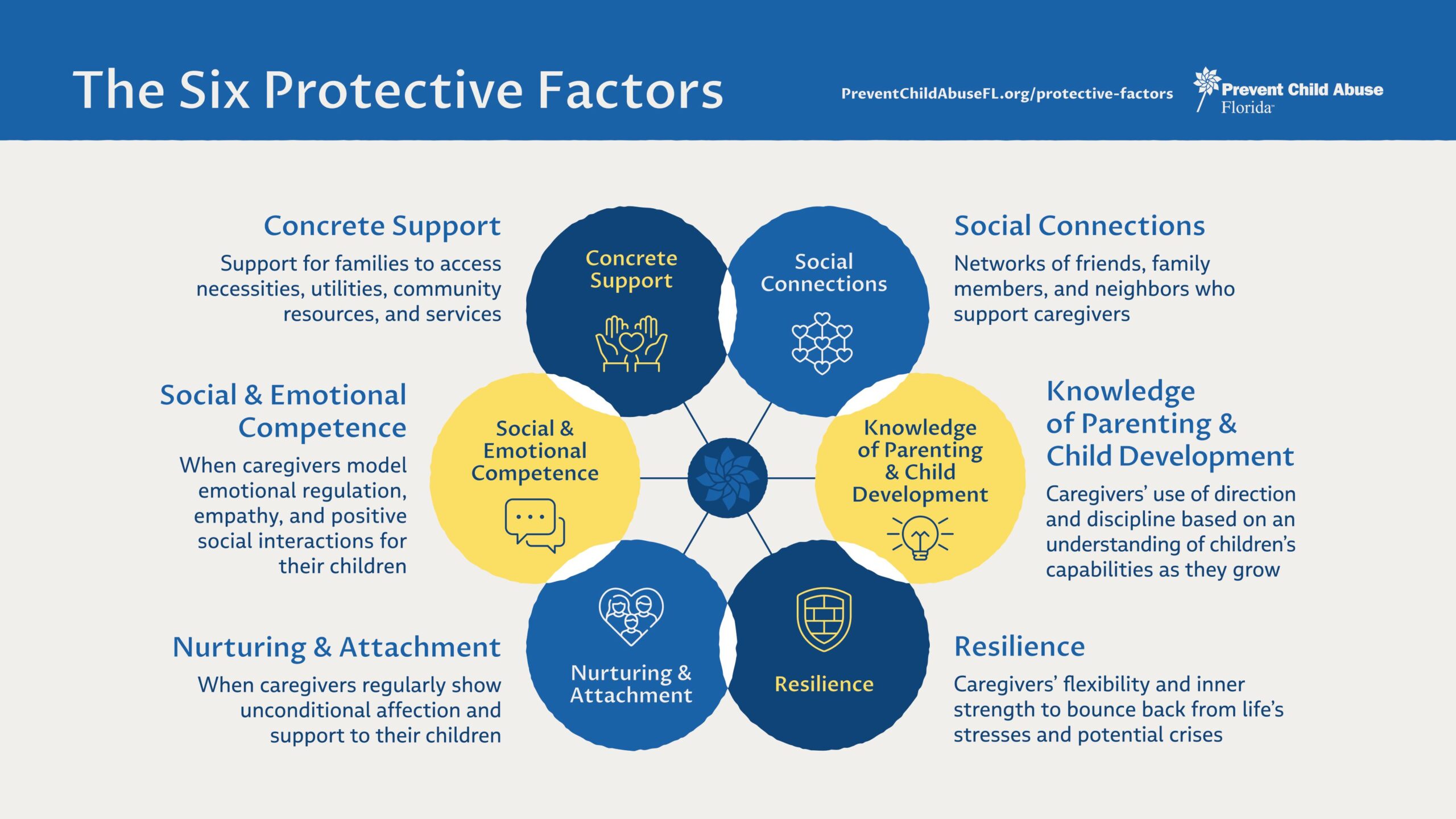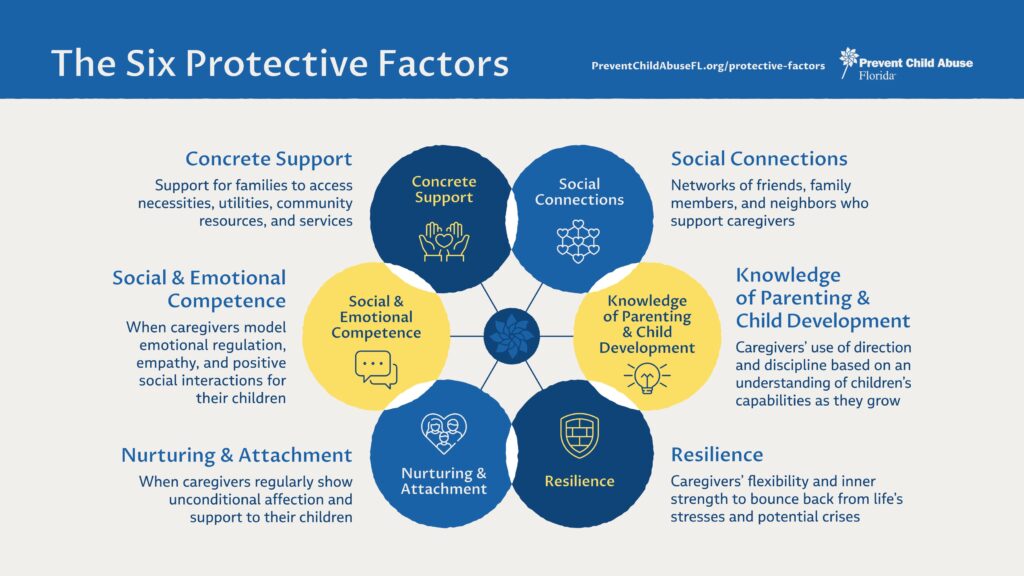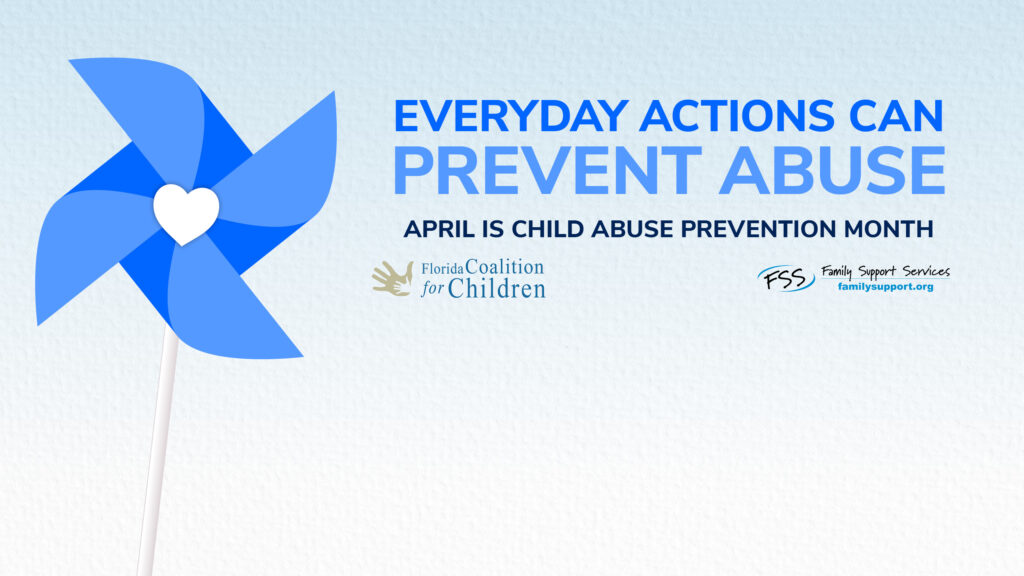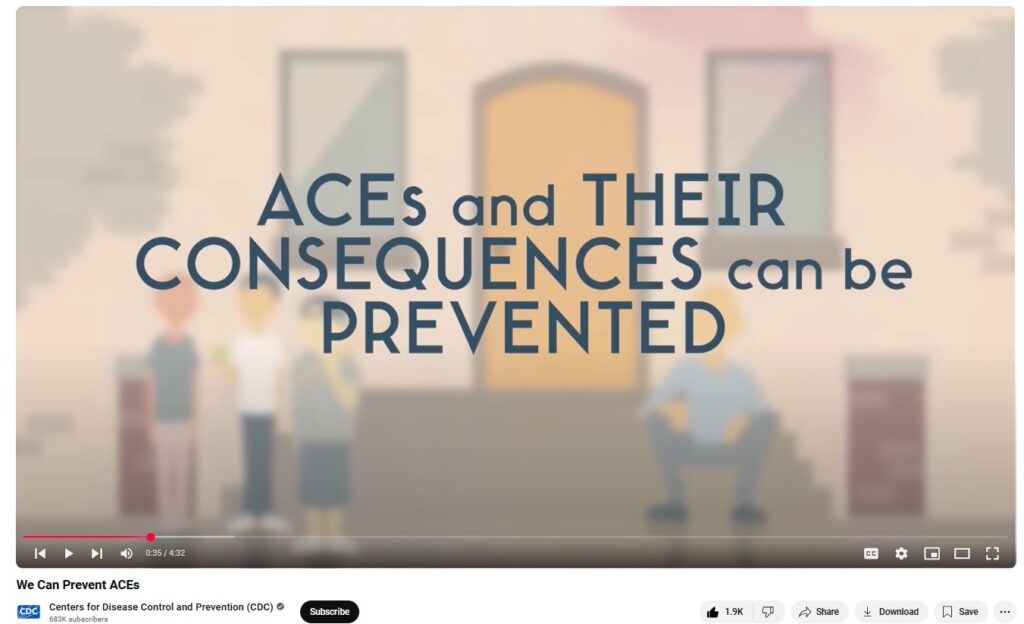In child welfare, protective factors are the building blocks that help families thrive. They act as buffers, reducing the likelihood of child abuse and neglect while fostering healthier family dynamics. Resources like those from Prevent Child Abuse Florida and Child Welfare Information Gateway offer invaluable insights into these factors and how communities can support them.
https://www.preventchildabusefl.org/protective-factors
What are Protective Factors?
Protective factors are strengths that parents and caregivers possess or can develop, helping them navigate challenges while maintaining safe and supportive environments for children. The six protective factors are:
- Social Connections: Having a strong network of friends, family, and community support.
- Concrete Support: Access to essential resources like food, housing and healthcare.
- Knowledge of Parenting and Child Development: Understanding a child’s needs and the importance of nurturing care.
- Social and Emotional Competence: Helping children build healthy emotional and social skills.
- Resilience: Caregivers’ ability to manage stress and function well even when faced with life’s major and minor crises.
- Nurturing and Attachment: Regularly being able to show unconditional care and support for children in your care.
Why Protective Factors Matter
Research shows that strengthening these protective factors significantly reduces the risk of child maltreatment and improves family wellbeing. CDC Community organizations like Family Support Services, educators and policymakers all play a role in fostering environments where families can build resilience and access support when needed.
Community members can make a difference by offering support to new parents and resources to families, and volunteering with or donating to local agencies that support children and families, like FSS.
For more resources, explore the toolkits from Child Welfare Information Gateway and Prevent Child Abuse Florida/Ounce of Prevention.

